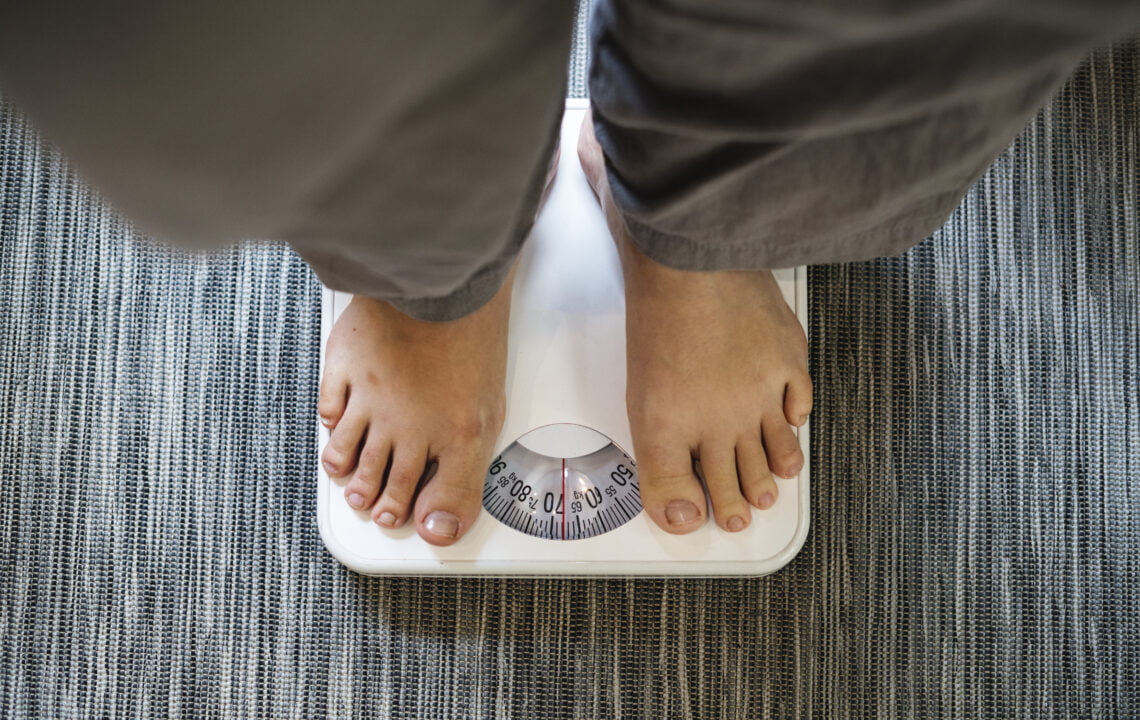If you follow a consistent plan, you might begin to notice weight loss within a few weeks to a month. It’s healthy to lose about 1 to 2 pounds per week. This pace ensures that you’re losing fat rather than muscle or water.
Losing weight slowly and steadily is also more sustainable in the long run. It’s essential to have realistic expectations and be patient with yourself. Maintaining a healthy diet and regular exercise is crucial for achieving and maintaining your desired weight. Remember, weight loss is a gradual process, and consistency is vital to seeing lasting results.
How Long Does It Take For Weight Loss To Become Noticeable?
Individual Variation: Everyone’s body is different, and so is the rate at which they lose weight. Factors like metabolism, age, gender, and genetics play a significant role.
Amount of Weight Loss: Generally, losing 1-2 pounds a week is considered safe and sustainable. At this rate, you may see noticeable changes in your body within 3 to 4 weeks. However, it might take longer to notice changes if you’re losing weight more slowly.
Body Fat Percentage: If you have a higher initial body fat percentage, weight loss might become noticeable sooner. Even small losses can be more apparent for those with less body fat.
Type of Weight Loss: Weight loss from fat is more noticeable than muscle loss. Strength training while dieting can help maintain muscle mass and make fat loss more apparent.
Where You Lose Fat: People lose fat in different areas of their bodies and in various orders. You might notice weight loss in your face and upper body sooner than in your midsection.
Clothing and Measurements: Sometimes, you might not notice weight loss on the scale immediately, but your clothes may fit better, or your body measurements may change.
Health Impact: Beyond physical appearance, significant health benefits can be noticed with as little as 5-10% reduction in body weight, especially if you are overweight or obese.
Is Losing 20 Pounds In A Month Healthy?
Losing 20 pounds in a month is typically considered too rapid for most people and can lead to several health risks. Health experts generally recommend a safer weight loss pace of about 1 to 2 pounds per week. Rapid weight loss often involves extreme dietary restrictions that can cause significant nutrient deficiencies, affecting vital body functions and overall health.
Additionally, such quick weight loss usually results in muscle mass loss, which reduces strength and slows down metabolism, complicating long-term weight maintenance. There’s also an increased risk of developing gallstones, which can cause abdominal pain and require medical intervention. Moreover, rapid loss often includes significant water weight, leading to dehydration. Psychologically, drastic weight changes can impact mental health, potentially leading to stress, anxiety, and disordered eating patterns.
Lastly, the extreme dietary changes such as intermittent fasting & hoping on 30 30 30 diet trend, though sometimes necessary for rapid weight, often promote a cycle of yo-yo dieting. For these reasons, aiming for gradual weight loss through balanced diet changes and regular physical activity is advised for sustainable health benefits. Consulting with healthcare professionals like doctors or registered dietitians can provide personalized guidance, helping set realistic and safe weight loss goals.
Which Body Part Loses Fat First?
Abdominal and Visceral Fat: Many people first lose fat around their midsection. This includes subcutaneous fat (just under the skin) and visceral fat (fat surrounding internal organs). Visceral fat is metabolically active and often responds quicker to diet and exercise than fat in other areas.
Face: Early changes in body weight are often visible in the face. Slimming down can occur fairly quickly, leading to more pronounced cheekbones and a less rounded facial appearance.
Upper Body: After the abdominal area and face, fat loss often becomes noticeable in the upper body, particularly the arms and chest area. This can lead to a more toned appearance.
Lower Body: For many people, particularly women, fat in the hips, thighs, and buttocks is more stubborn and tends to be lost later in the weight loss process. This is due to the influence of sex hormones, which dictate fat distribution.
Legs: Fat loss in the legs usually occurs after the upper body starts slimming down. Many people notice their pants loosen around the thighs and calves as weight loss progresses.
What Are The Stages Of Fat Loss?
Fat loss typically progresses through several stages, each reflecting physiological changes and challenges. Here’s a breakdown of these stages:
Caloric Deficit and Metabolic Adjustments:
- Initiation: The process starts when you create a caloric deficit, either by eating fewer calories, increasing physical activity, or both. Your body begins to use stored glycogen (carbohydrates stored in muscles and liver) for energy. As glycogen is used up, water is released, often resulting in initial rapid weight loss, mostly water weight.
- Adaptation: Your metabolism adapts to the reduced caloric intake. Initially, this may result in feeling more energetic as your body switches fuel sources. However, as the deficit continues, some people may experience fatigue as their bodies start conserving energy.
Increased Fat Oxidation:
- Fat Burning: After depleted glycogen stores, the body increases fat oxidation, breaking down fat cells for energy. This stage is where actual fat loss occurs. It can take a few days to weeks to kick in fully, depending on your diet, metabolism, and how drastic the caloric deficit is.
Maintenance:
- New Baseline: Once you have reached your fat loss goal, the next stage is maintaining the new weight. This stage requires a careful balance of caloric intake and expenditure to keep your body at its new set point.
- Lifestyle Integration: Long-term maintenance is achieved by adopting sustainable dietary changes, consistent exercise habits, and strategies to manage stress and other weight-related factors.
Reassessment:
- Evaluation: Over time, it’s important to reassess and adjust your maintenance strategies as your body, lifestyle, and age change. What worked initially might not be as effective as your body adapts.

Conclusion: Can I Lose Belly Fat In 2 Weeks?
Moreover, fat loss from specific areas, like the belly, cannot be targeted directly through spot reduction exercises. Instead, overall body fat must be reduced through cardiovascular exercise, strength training, and a balanced diet. For best results and sustainable weight management, it’s advisable to consult with healthcare professionals who can provide personalized guidance based on your unique health profile.





